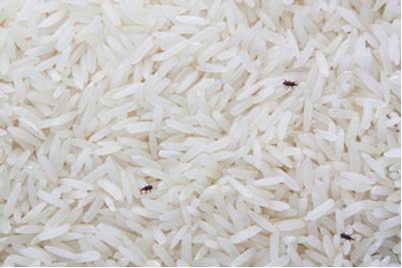Food Safety Hazards in Chocolate Production
Traditionally, chocolates have been classified as a “low-risk” food in terms of microbial contamination, due to its low water content since it is mainly made of fat and sugar! This low water content means that bacteria are not likely to grow. However, in recent decades, there have been a number of global major foodborne outbreaks linked to chocolate products contaminated with Salmonella bacteria. These chocolates were typically contaminated at the point of manufacture when ingredients such as milk or sugar were contaminated, or dirty equipment were used. There have also been recalls of chocolate with undeclared allergens such as milk or peanuts.
Furthermore, poorly-sourced, handled and processed cocoa beans could also result in the presence of chemical contaminants such a mycotoxins, pesticide residues and heavy metals. On the consumer end, poor handling practices when preparing chocolate pastries or confectionaries could also lead to cross contamination with harmful bacteria.
Typically, chocolate is prepared at low temperatures that are not sufficient to kill bacteria. Thus, preventing contamination of the chocolate itself is very important, especially if there is no further cooking or baking.
How can consumers protect themselves?
Purchase chocolates from SFA-licensed companies and retail stores.
Do not consume chocolates that are past their expiry date.
Check the label for food allergens if you have food allergies
When preparing chocolate products at home, ensure all food contact surfaces are clean to prevent cross contamination. For example, do not use a chopping board or other utensils used for raw food, to chop baking chocolate.
Store all ingredients in a cool, dry area or refrigerate when necessary.
Practice good hand hygiene such as frequent hand washing when handling and preparing chocolate products.
About the Author
Herman Teo is a Senior Scientist from the Risk Assessment and Communications Department of the National Centre for Food Science. With a Masters in Food Science and Human Nutrition from the National University of Singapore, his recent work includes the regulatory framework for insects for food and feed, and examining emerging food processing risks.




